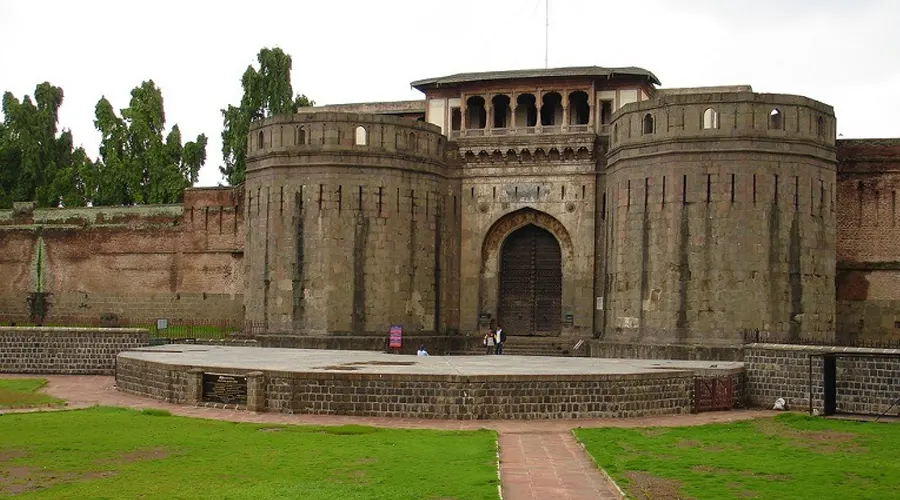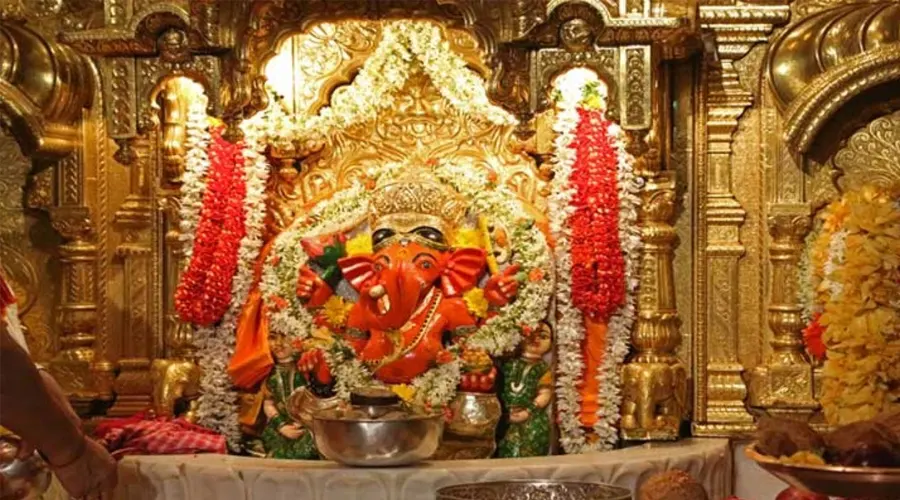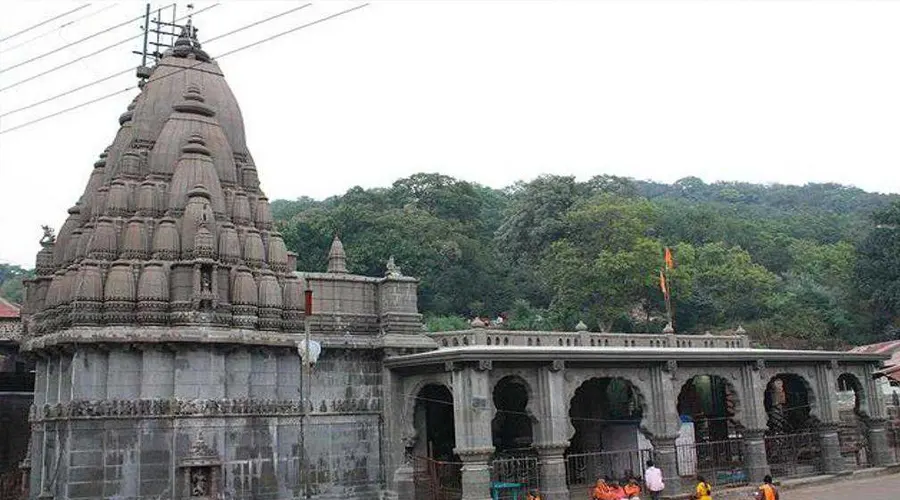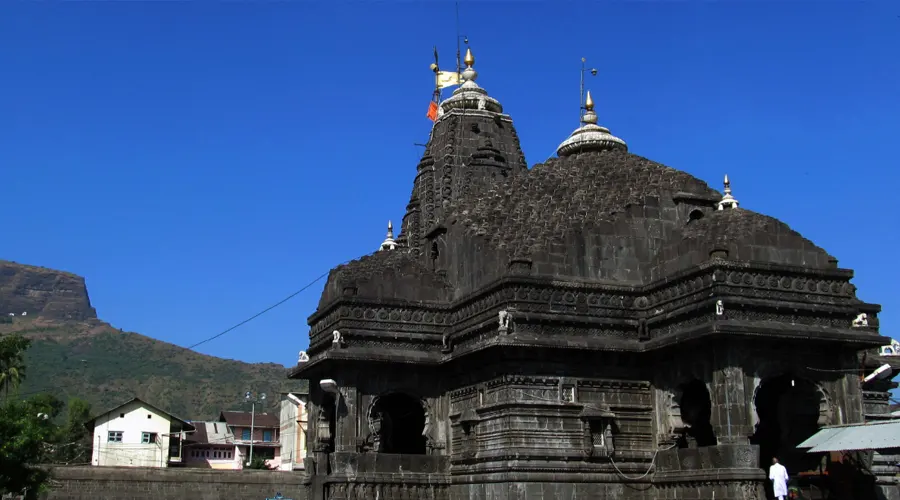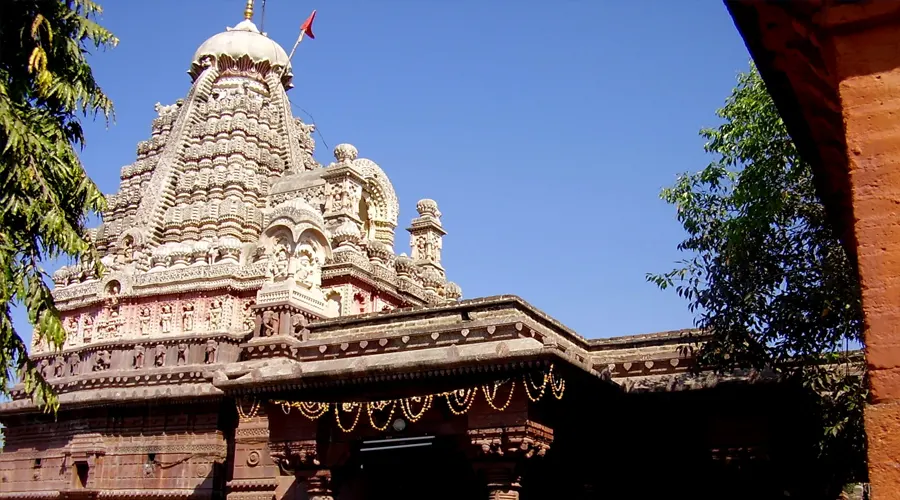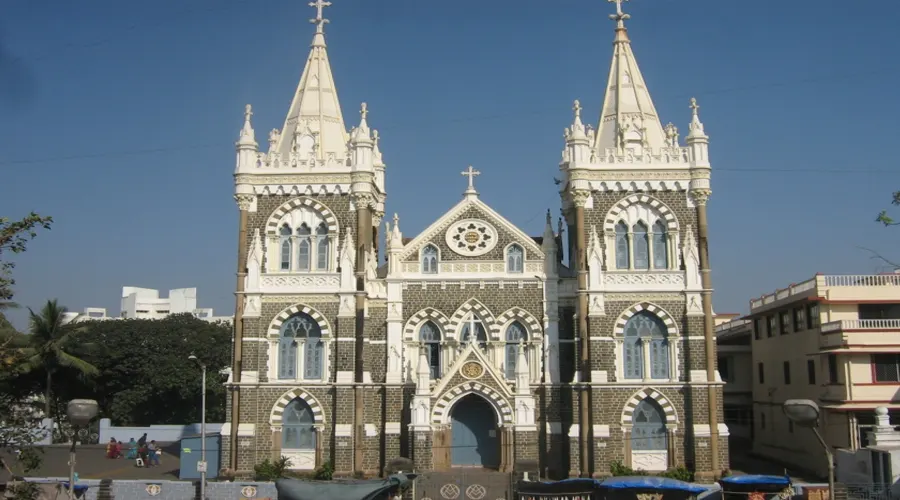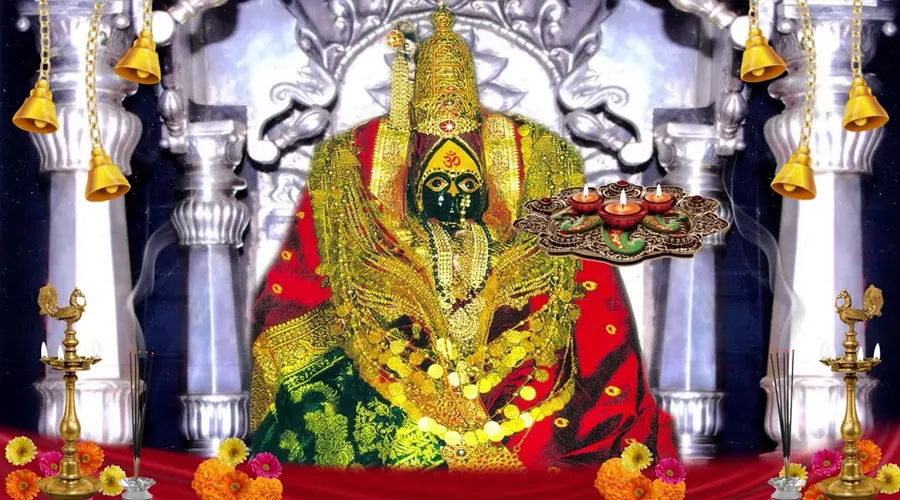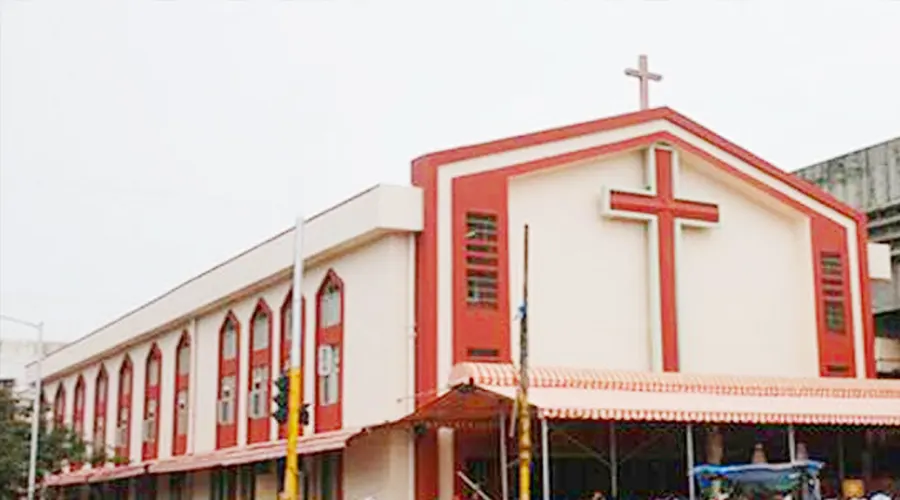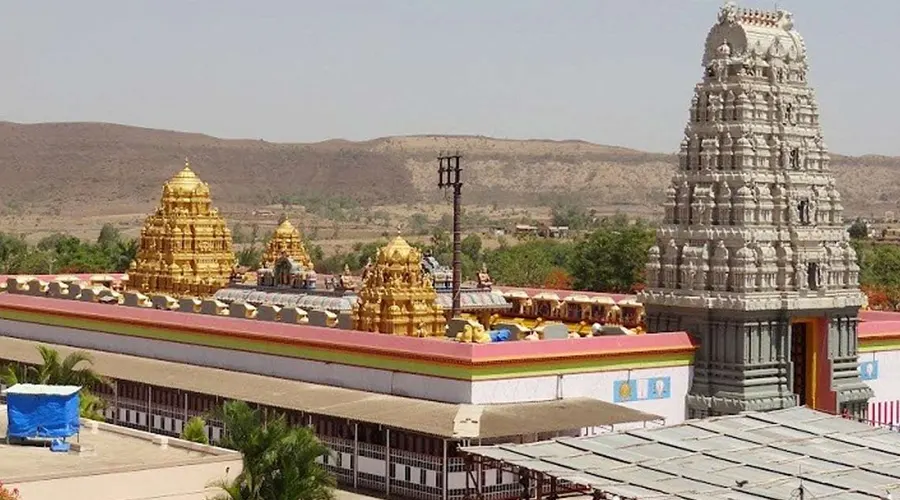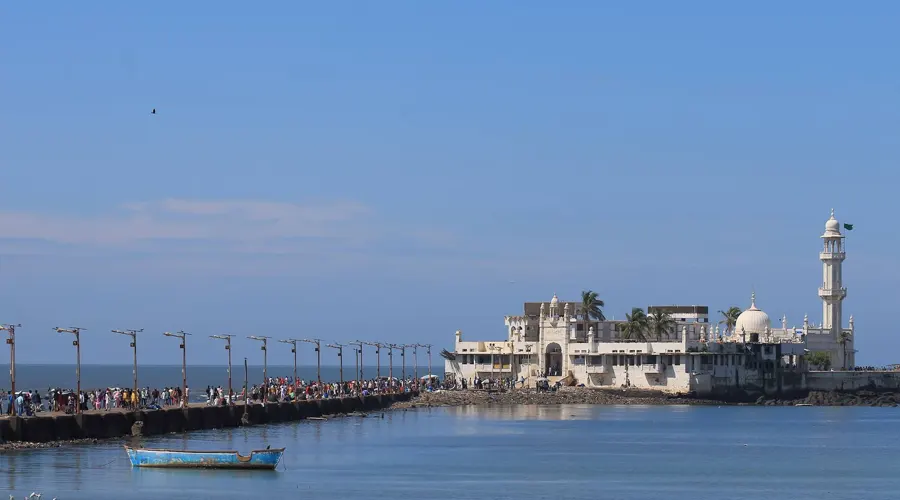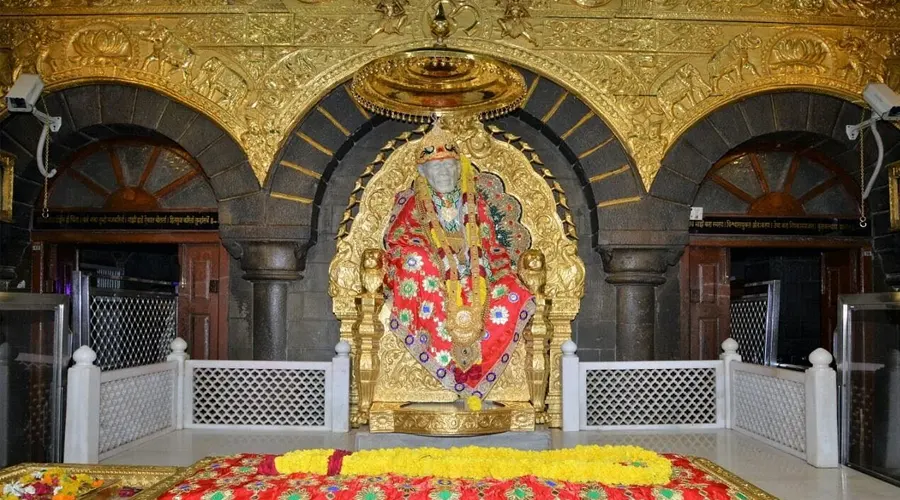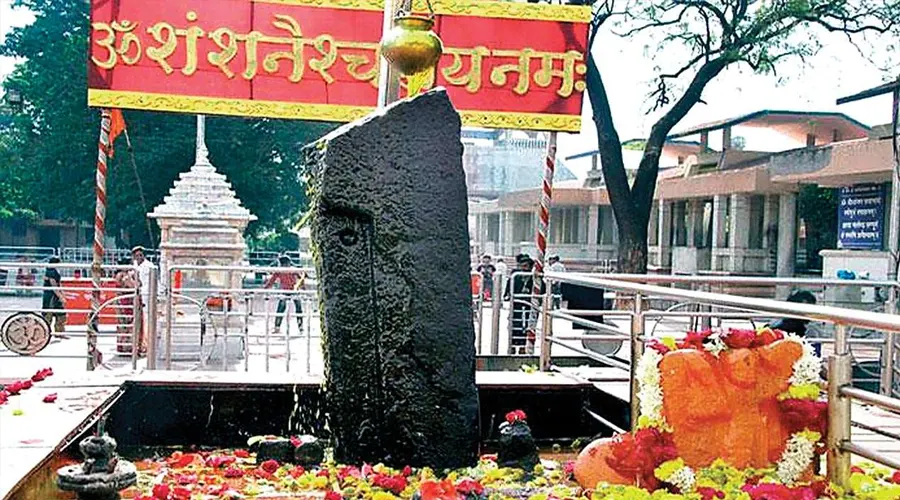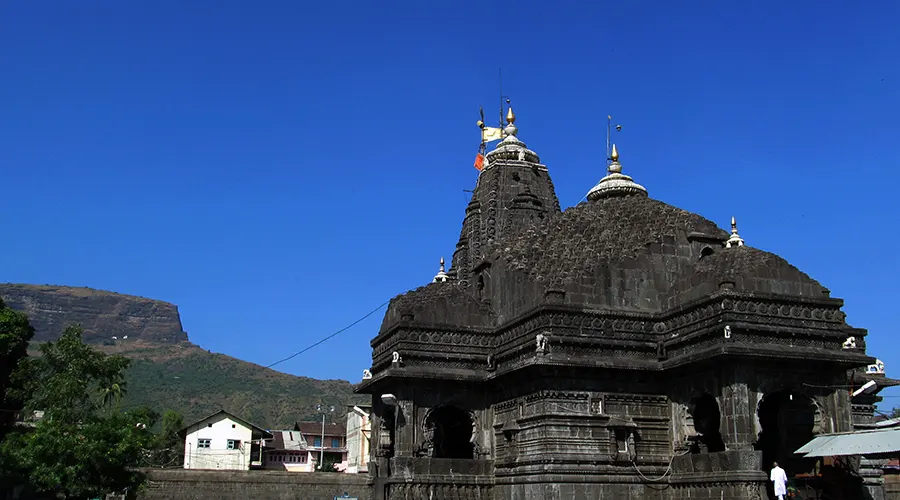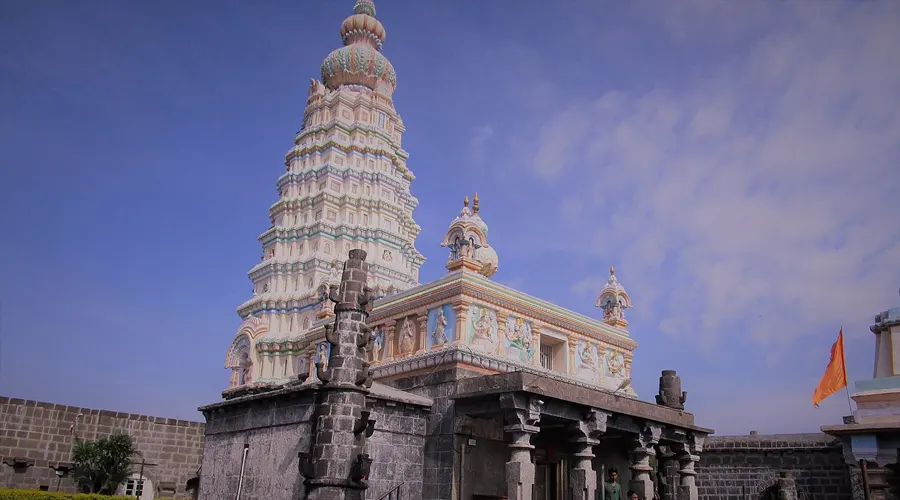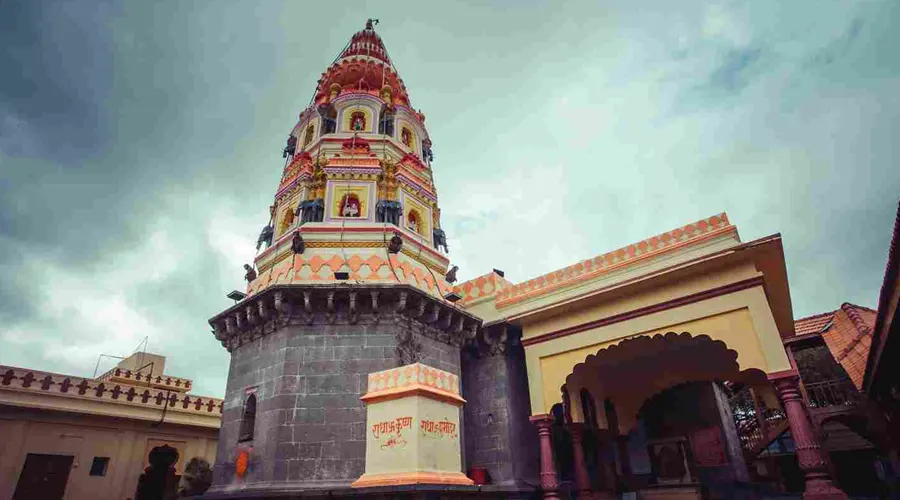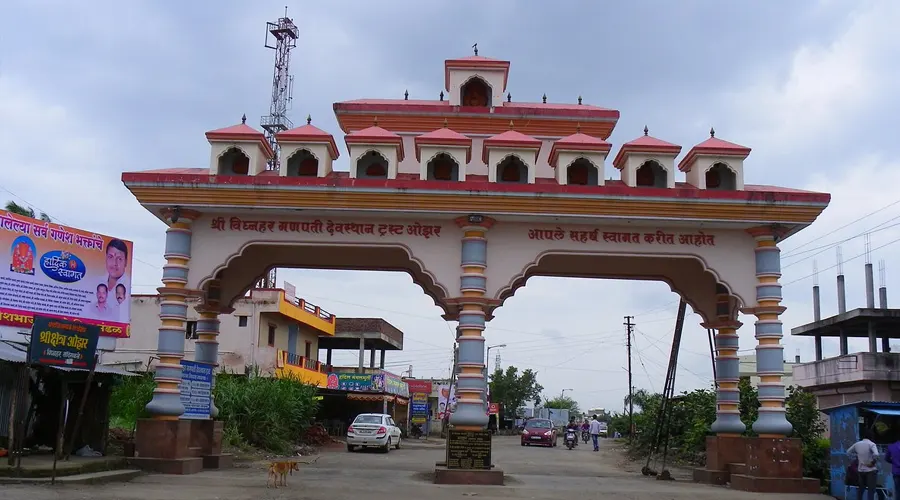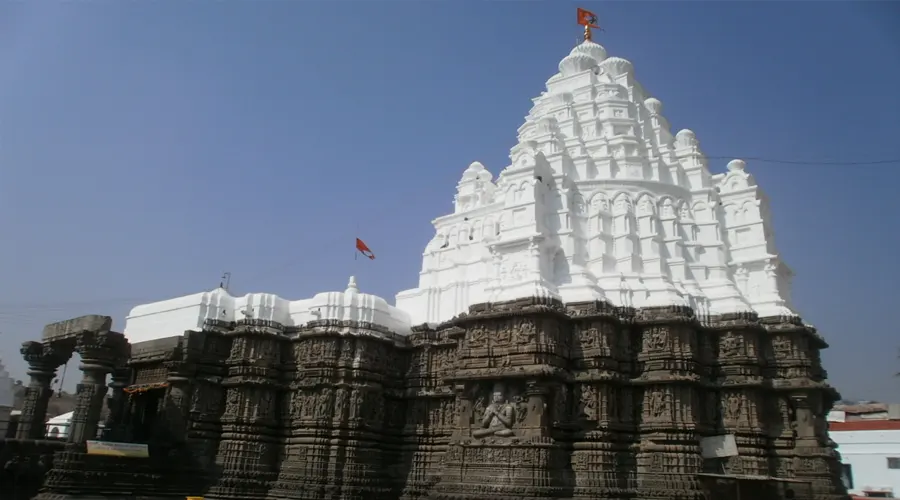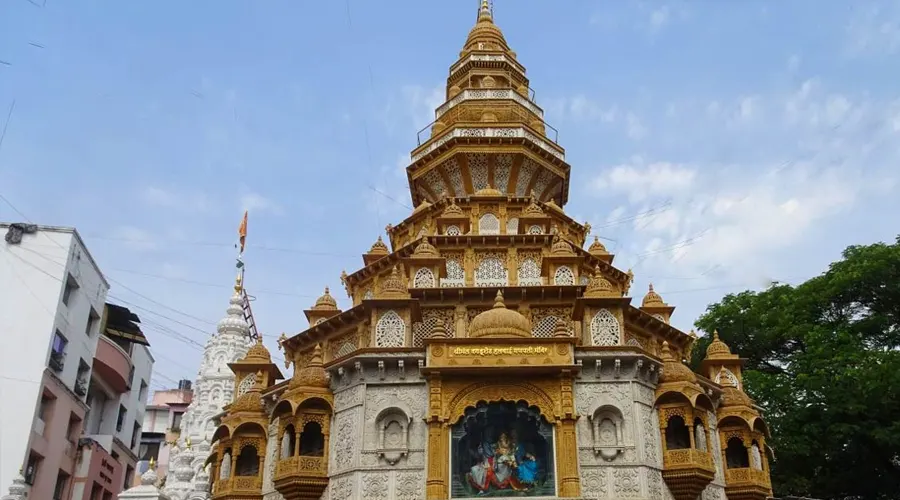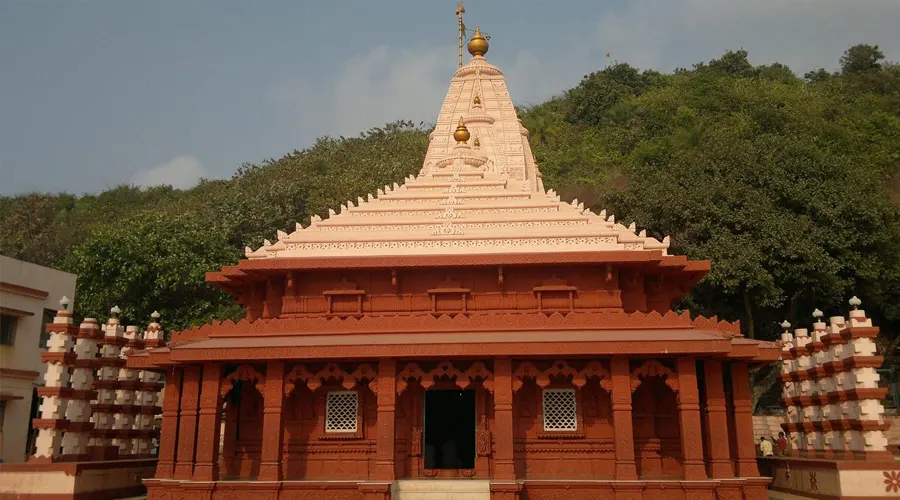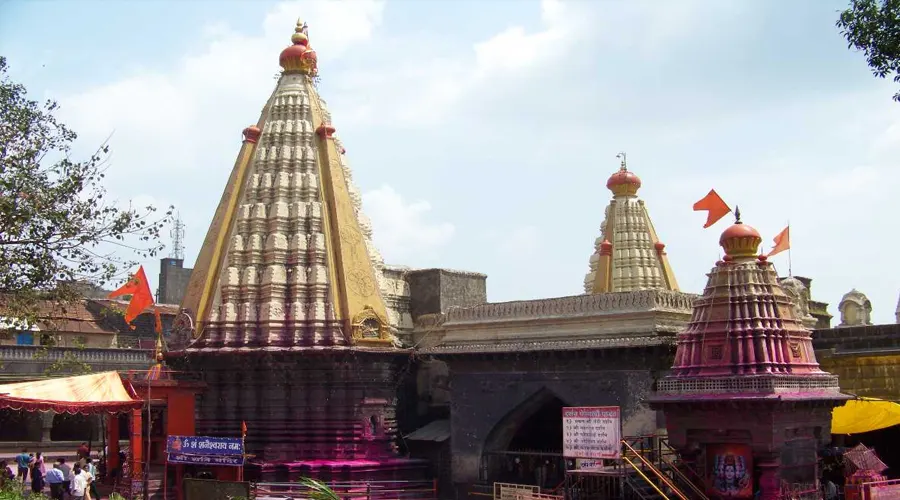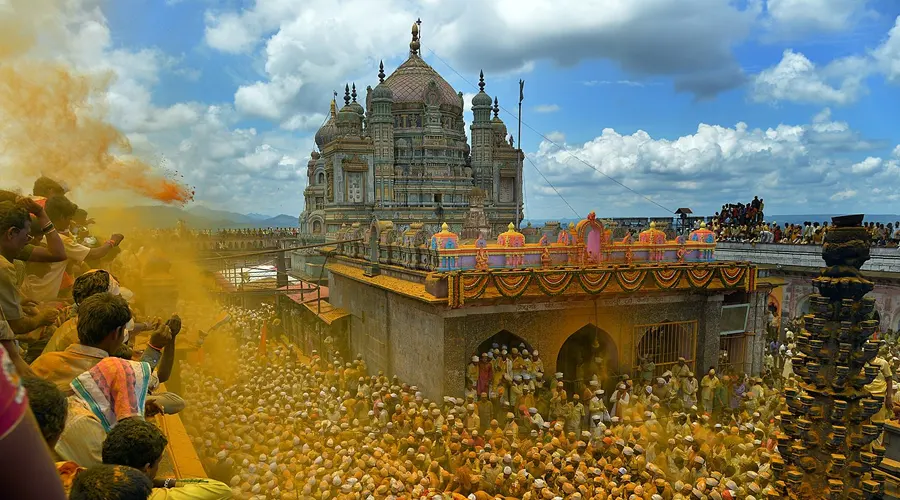Shaniwar Wada Palace
Shaniwar Wada is an excellent example of the Maratha Imperial architecture used in India in the bygone era. It tells the historical tale of the Maratha Kingdom as it has seen every event that occurred in Peshwa's Life over time.
It was built by the Peshwas’ symbolizing the brave hearts of the Marathas, who strived hard to keep its glory alive. Though the fort couldn’t tolerate the battering from the wrong time the stone boundaries still recite the untold tales of the colorful journeys led by the heroic Marathas.
However, some ruins remain to recite the remarkable stories and contorted tales. You can witness the enormous stone boundaries made to protect the beautiful Shaniwar Wada, which shows the level of security provided to the people of the kingdom.
The walls have a magnificent wooden gate reflecting the Mughal architecture, which is another example of how secure the palace was made. There are long iron spikes tucked into the gate, which could reduce the attack of the enemy and keep elephants away.
Besides this, you can see a garden that follows the style of Mughal architecture. It also has a lovely fountain resembling a 16-petaled lotus, right in the middle of the garden. Adding to that, you can see the boundaries marked on the ground, which could tell about all the rooms.
There is nothing more than this havoc of time, which changed the face of the mighty Shaniwar Wada into nothing. But you can still make these remains your window into the past to relive what has happened in history.
History
The foundation stone of the Shaniwar Wada was laid in 1730 by Peshwa Bajirao I. Initially, it was intended to be a colossal palace of seven stories made out of stone. But the people of the national capital argued that only a King can have a castle made of stone.
So, the construction of Shaniwar Wada began using bricks. It took two years to complete this elegant structure, which displayed an excellent blend of the Maratha Imperial architecture with the Mughal architecture. The interiors had valuable furniture and decorations along with carvings of flowers and paintings of scenes from the Mahabharata and Ramayana.
The first major fire in the year 1791 destroyed a significant part of the fort, which was re-constructed again. Then the next explosion in 1808 burnt all the necessary artifacts and documents in the palace.
Then another fire in 1812 destroyed the upper two stories of the castle, followed by a fire in 1813 which destroyed the Royal Hall. All this destruction was taken to another level in the year 1818. The British attacked Shaniwar Wada, which resulted in collapsing all the top stories. Finally, in the year 1828, a fire caught the whole palace, which burned for a week and wrecked it.
Architecture
The architecture of Shaniwar Wada is an excellent example of the Maratha style of construction blended with authentic Mughal architecture. The main gate, also known as Delhi Darwaza, is adorned with iron spikes to restrain the enemy attack as it is enormous enough to pass an elephant through it. There is a small aisle on the top of the door which has dome-shaped windows taken from Mughal architecture.
Besides this gate, the Wada has four more gates, namely Mastani Darwaza, Khidki Darwaza, Ganesh Darwaja, and Narayan Darwaza. The walls have floral carvings and paintings resembling the Mughal architecture style.
Scenes from Ramayana and Mahabharata are also found painted at various significant spots. The windows and doors are also dome-shaped contributing to the traces of Mughal architecture. Archaeologists believe that initially, the fort was six-floored before it was destroyed by the fire. Finally, the garden has 16 petaled lotus representing the grace of the bygone era.

